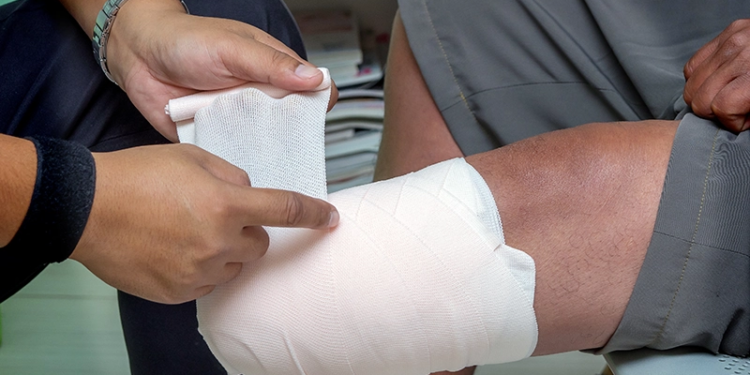In an open access study published online November 19 in the journal Scoliosis and Spinal Disorders, researchers studied the results of planned early weaning from scoliosis bracing in patients who had a long expected treatment time and a reduced stable primary curve during bracing. The objective of the study was to compare curve size, health-related quality of life, and surgical rates at long-term follow-up after ordinary bracing, and results of planned and unplanned early weaning. The researchers found that the benefits of planned early weaning was a shortened bracing time and good clinical results. The study’s authors suggested that the procedure can be attempted if curve reduction is stable over time and the primary curve is 25 degrees or less in patients with several years of expected bracing.
The study cohort was made up of 381 patients (353 girls and 28 boys) with late-onset juvenile (n = 30) and adolescent (n = 351) idiopathic scoliosis and a mean primary major curve of 33.1 degrees (a range of 20-57 degrees) who were treated with a Boston brace and followed prospectively. Ordinary brace treatment was completed in 290 patients (76 percent). Planned early weaning at bone age of less than 14 years was completed in 59 patients (16 percent), and unplanned early weaning was completed in 32 patients (8 percent). Of these groups, 14 (5 percent), 1 (2 percent), and 12 (38 percent), respectively, required surgery in addition to the bracing treatment. Forty-eight of the patients (81 percent) had a primary curve of less than or equal to 25 degrees at planned early weaning.
Sixteen (27 percent) of those who had planned early weaning resumed bracing after a mean time of two years. The mean curve size at long-term follow-up (an average 23.4 years after weaning) was smaller in patients with planned early weaning (25.1 degrees) compared with ordinary bracing (34 degrees) and unplanned early weaning (34.8 degrees).
Patient satisfaction and self-image at long-term follow-up was better in the planned early weaning group, but differences were small, according to the researchers, who also noted that patients should be monitored carefully and regularly at four- to six-month intervals until maturity, and a new brace should be prepared if the curve increases significantly.




